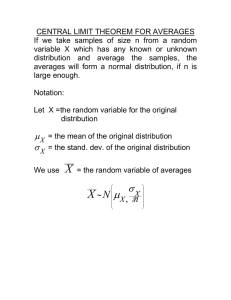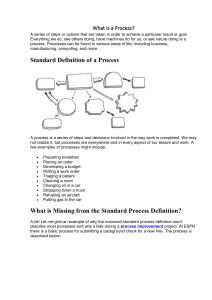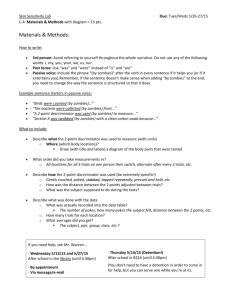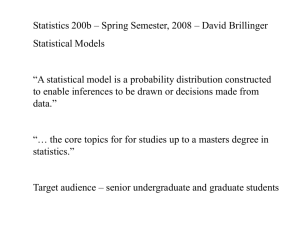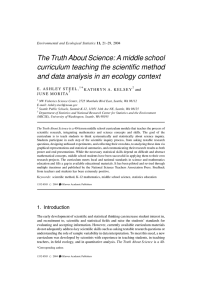Part V. Chance Variability A foreshadowing example
advertisement
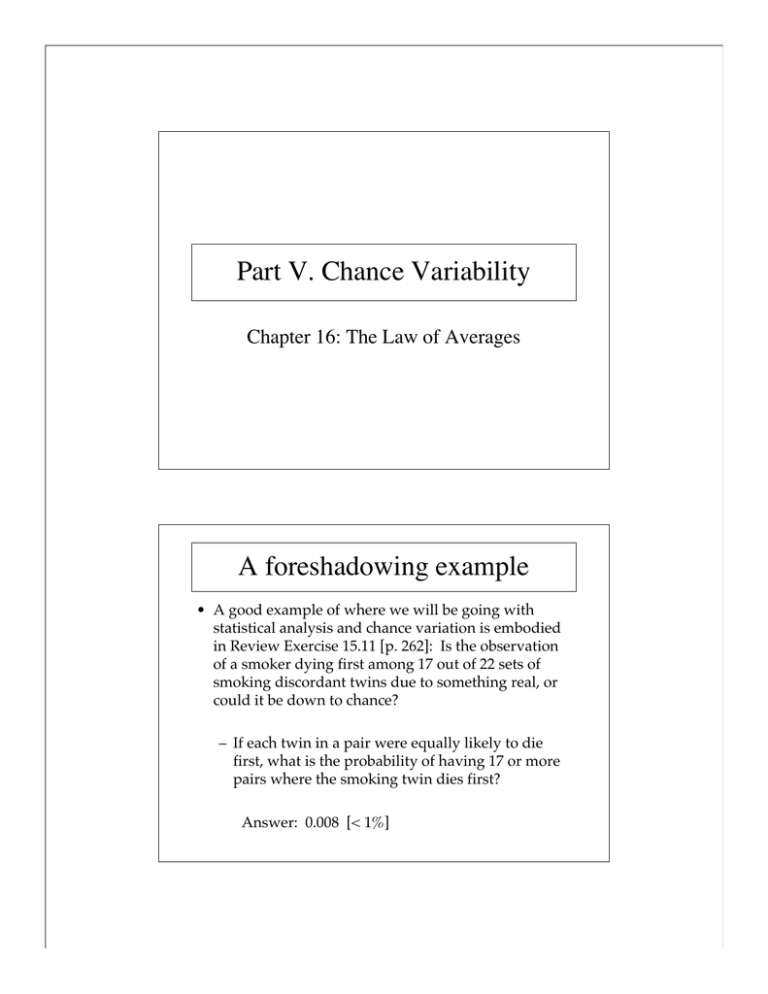
Part V. Chance Variability Chapter 16: The Law of Averages A foreshadowing example • A good example of where we will be going with statistical analysis and chance variation is embodied in Review Exercise 15.11 [p. 262]: Is the observation of a smoker dying first among 17 out of 22 sets of smoking discordant twins due to something real, or could it be down to chance? – If each twin in a pair were equally likely to die first, what is the probability of having 17 or more pairs where the smoking twin dies first? Answer: 0.008 [< 1%] Chance processes • A chance process is any situation involving a fixed number of repeated independent trials that gives rise to a chance observation. Further, the probability of any particular outcome must be fixed across all the trials. The Law of Averages • The Law of Averages says that in any chance process the chance variability in the process will increase in absolute terms as the number of trials increases. But the chance variability gets smaller when expressed as a percentage of the total number of trials. [See Figures 1 & 2, FP&P, pp. 275 - 276].
